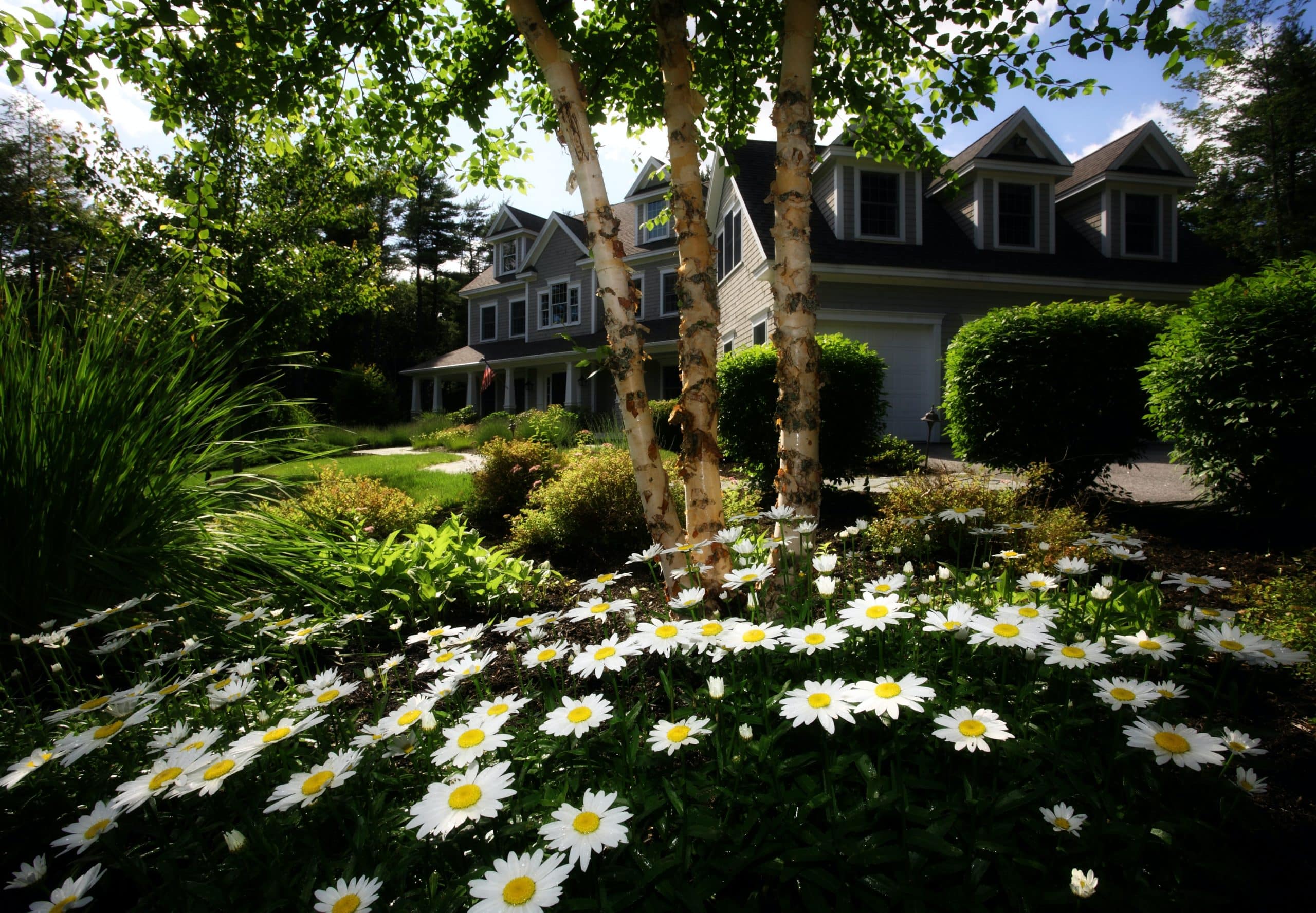What a fascinating garden with green leaves and colorful flowers all year round? Consider appropriate plants for growing under your trees. After all, you want to make sure that your trees and plants do more than co-exist—they should thrive!
What You Need to Know Before You Plant Under Trees
Before actually planting, you need to know a few things ahead. Follow these simple steps, and you’re sure to have a beautiful, lush garden in no time!
Trim Your Trees
It’s an easy but important step to skip. You need to clear away any dead branches and trim the lower ones to allow your under-tree plants access to a bit of sunlight. Even though your plants are shade tolerant, they’ll still need at least a little sunlight to survive.
Dig Your Holes Carefully
You need to be extremely careful when digging holes as you’ll want to avoid stabbing the roots. Bear in mind that each plant will need its own spot, so you’ll need to plan accordingly.
If you hit a root while digging, immediately fill it in. Damaged roots can weaken your tree and even lead to death.
Water Your Plants Diligently
The best thing you can do to encourage growth is to be diligent in watering them, for your newly planted flowers and plants won’t have established roots.
Grow Plants According to Your Planting Zone
No matter how much you like certain plants, what matters is whether they are suitable for the area you live in. If you’re unsure which plants grow well in your region, you can consult an expert.
The Plants You Should Totally Plant Under Your Trees
Large, hardy plants may look more beautiful, but they will overtake your garden and detrimentally affect your trees’ growth. Instead, opt for smaller, low-growing plants that will grow in a way that is harmonious as it co-exists with your already established trees.
Now it’s time to choose the flora that will grow the best and add aesthetic to your under-the-tree garden.
1. Lilies
Lilies come in many shapes and colors, including pink, orange, and yellow. Lilies need good drainage to grow, so you’ll need a garden tool on hand to loosen the soil. Also, lilies love the sun, and their stems will lean towards where there’s the most sunlight! Lilies are perennials and hardy enough to withstand winter weather.
2. Hostas
Hostas are a perennial favorite amongst gardeners. They thrive in shady locations. They’re one of the easiest plants to grow in terms of care and propagation.
3. Crocus
Crocuses are perennials that can be grown in groups or give your landscape a more natural look. The crocus plant grows best in colder conditions and will not thrive in hot climates.
4. Wild Ginger
Wild ginger is a beautiful green perennial. They are non-invasive and have evergreen heart-shaped leaves. Wild ginger is ideal for planting under trees because they require as much as full shade since they burn easily in the sun.
5. Merry Bells aka Bellwort
If your bellwort plant has a moist, shaded environment to grow in, they’ll grow well and add a pop of color to your garden with their dangling yellow flowers. When it comes to planting bellwort, you’ll want to start with plants from a nursery. Growing them from seeds can be difficult, and harvesting them in the wild means dividing the roots yourself.
6. Ferns
Ferns can be grown year-round because they’re resilient against cold and heat. Their hardiness makes them an excellent choice for planting in the shade. Because of how easy it is to grow them, this perennial plant requires minimal effort and attention.
7. Shooting Star
The ideal environment for growing shooting stars is in partial shade; however, they can tolerate sunlight in cooler areas. These beautiful flowers grow in yellow, pink, or soft purple, even in blue-purple, yellow-orange, and pink-red combinations. Shooting stars are perennials and do not produce flowers in their first year.
8. Impatiens
Impatiens are colorful flowers best grown from established plants purchased at a nursery or garden center. These flowers do best in the shade and are very sensitive to watering. Standard colors for impatiens are white, red, pink, violet, coral, purple, and yellow. Unlike many plants on this list, impatiens are annual flowers!
Primrose, Siberian Squill, Lamium, Abelia, Cranesbill, Lenten Rose, Brunnera……
Adding ground cover around your trees takes a little extra effort, but they will pay off! It’s totally worth it. Soon you’ll love seeing the lush, fullness of the garden you worked hard to cultivate.





